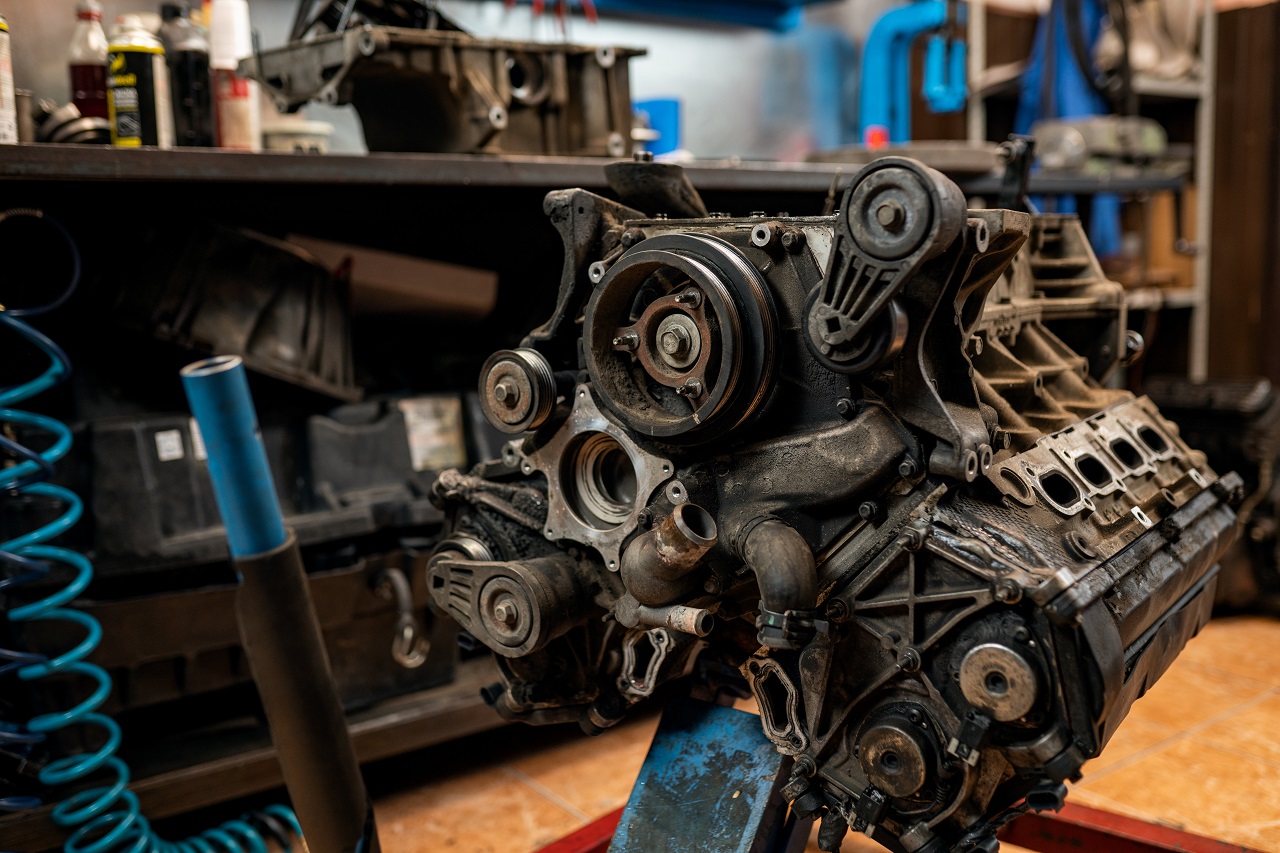Tag Archives: Geo Metro engine
Engine Swap On A Geo Metro? No Way! Here’s Why

The other day I was busy admiring the awesome job I did with my car seats. (My ass is now somewhat more comfortable with the seats I have. As a skinny white-boy with no cushion in the rear – they’ll certainly do for now.)
Just then this young lad approached me. We talked about cars and I told him all about Geo Metro because I simply love sharing insights about this baby.
We were on the topic of improving my speed then he suddenly blurted out “Why don’t you just swap the engine?” I laughed my ass off at that comment and thought he was kidding but I noticed his face was damn serious.
I controlled my laughter, straightened up my face, and told him, “Son, there is no friggin way I am doing an engine swap.” Then I began telling him why it is not a great idea to do an engine swap.
First of all, it’s a whole lot of work. You’d be spending countless hours making all things fit. Don’t get me wrong here, I know it can be done. I’m just not interested in taking on that crazy challenge. Well, at least for now…
The Magic Of Engine Swap
It seems like a dream come true to swap a more powerful engine into a Geo Metro. Some have done it and succeeded while others simply found their project rotting in their garage. With an engine swap, you remove the old engine and replace it with another.
Some do it because the engine is purely junk and can’t run at all. However, some take on the challenge of replacing the engine with a better one to make the car more powerful and efficient. In older cars, this could be done if you can’t find an engine or spare parts of the same model.
Why You Shouldn’t Do An Engine Swap
Engine swaps are possible and many have done it. Many shops have spent countless hours just to make things work and they did. However, there are reasons why it’s not such a great idea:
- First of all, you don’t just swap one engine for another. You have to make sure they are compatible with the other components of your vehicle or you’d have to redo all that too.
- You have to make sure it fits, if not, you’d have to make adjustments to support the engine so it doesn’t fall off while you’re driving.
- It takes a lot of time to do all the adjustments just to make the new engine work. You have to check and recheck a lot of things before you even attempt to do a test drive. After all, you wouldn’t want to risk your life just to test your car.
- Lastly, it can be expensive. Sometimes, it might be more cost effective to simply buy a faster car than to swap out the engine just to make the car run faster.
Things To Consider Before You Do An Engine Swap
If you are dead set to do an engine swap, then take the leap. Just make sure you prepare yourself to do a lot of hard work, spend a lot of time and sometimes money for the job. But if it is your passion, keeps you busy and your mind off this crazy pandemic then do it. Here’s just a few reminders on what you shouldn’t forget or underestimate.
Wiring
Wiring a car is quite complex. The circuit is connected to various systems in the vehicle. Before you attempt to adjust the wiring, you should have great understanding about the relays, wire gauge, amperage and overall circuits.
Cooling System
The cooling system seems simple enough but don’t underestimate just how much work goes into it. With newer and faster engines, you’d expect them to heat up faster too as compared to older models. Although mechanical fans might have worked well with your old engine, it may not be able to handle the heat of that newer engine you’d like to install.
Headers
Upon installing a new engine, most people will assume that the exhaust manifolds should also be modified. However, what people don’t realize is how complicated it could be. When fabricating a header, it would usually be a challenge to consider the spark plugs, wires and steering linkage. But there is more, once you’ve done that you also have to make sure that the tubing won’t’ hit anything like the frame or the body. This is a common costly mistake because you’d have to start all over again.
Steering
Steering linkages are already tricky to figure out from doing the headers. Apart from that, you’d also have to make sure they’re compatible with the suspension and steering system. Sometimes people also change these to further upgrade their vehicles. There are many aftermarket components available but you’d really have to think and figure out what odd combination of steering linkage will work for your project.
Torque Converter
If you plan to preserve the rest of the driveline, it can be challenging to find the right converter that has the right flywheel pattern plus transmission spline count. Sometimes, you’d have to turn to hybrid converters to address this problem.
Final Words…
The complexity of swapping an engine just goes on and on. These are only some things to consider and even if I know such things, I myself am not considering swapping the engine of my Geo Metro. For now, I’ll stick to simpler and easier mods.
Geo Metro Engine Upgrades Through The Years

Believe it or not, demand for fuel-efficient cars isn’t a new thing, ever since the dawn of the car industry folks have been clamorin’ for cars to run forever on just a thimble of petrol. I don’t know about you but I certainly love my Geo Metro for the bucks I save whenever I use it.
Now, the problem with old cars is whether you are going to get those oldie but goodie cars to run without spending too much on fixing them first. It’s very rare to find old cars in mint condition. They are mostly left to rot in an old garage. You’d be lucky to find a vehicle that wouldn’t require much work done on it.
The Geo Metro
One of the fuel-efficient cars of the yesteryear’s is the Geo Metro. Produced by general motors, the Geo Metro isn’t actually a brand new model. It is a variation of their existing Suzuki Cultus that has been released in North America since 1989 all through 2001. It’s a product brought about by General Motors and Suzuki working together.
The Geo nameplate was found on the models from 1989 up to 1997. Then, from 1998 to 2001, they carried the Chevrolet nameplate. As the Suzuki Cultus evolved through the course of 13 years, so did the Geo Metro.
Geo Metro Through The Years
There are 3 generations and 4 body styles that the Geo Metro went through in those 13 years. The first was a hatchback with 3 doors, next was the four-door sedan, then came the five-door hatchback and finally the two-door convertible. More importantly, the engines also had changes and upgrades. Such changes affect the horsepower, torque and fuel economy.
Horsepower
The Geo Metro only had its name for 8 years before it was renamed to Chevrolet. Through the first few years from 1989 to 1994se years, the cars had a 1.0-liter engine with 49 horsepower. There is also another engine option that’s a 55 hp one.
In the following years, from 1995 to 1997, the base engine was now offered at 55hp. The higher output engine was further upgraded into a 1.3-liter engine with 70 hp.
Torque
Torque was also improved over the years. From the first one at 58 pound-feet for those produced from 1989 to 1994. Those that were made from 1995 up to 1997, on the other hand, had 58 pound-feet for the base engines while the higher output engines had a torque of 74 pound-feet.
Fuel Economy
The Geo Metro was designed for better fuel economy. It was its main purpose and that’s why manufacturers also geared towards improving it through the years. For the earlier models, the base engine had a fuel economy of 30-53 mpg when drove through the city and reached 34-58 mpg while driven on the highway. For the higher output engines, fuel economy was measured at 30-46 mpg while driving in the city and at 34-50 mpg when driven in the highway.












